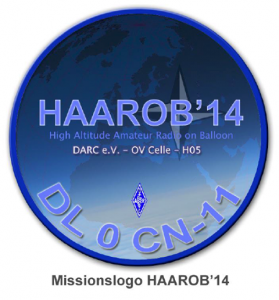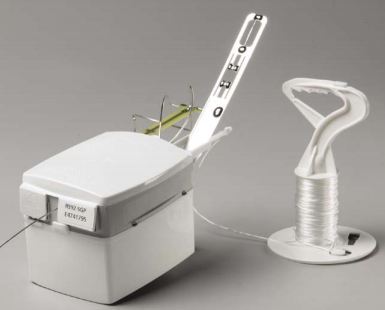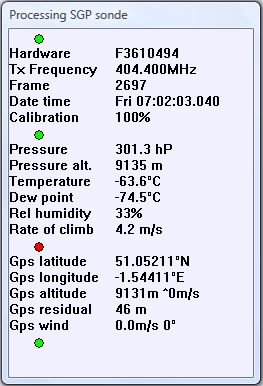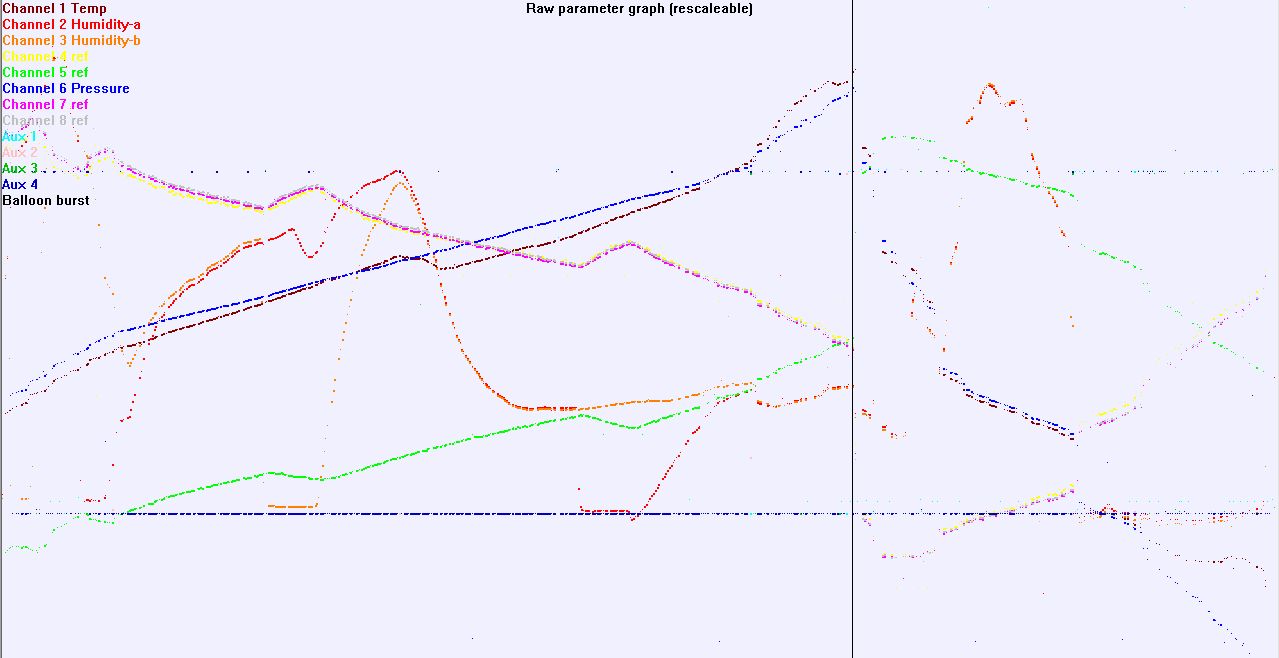I am happy to inform you that both launches went fine and both payloads were recovered.
After the rainy weather of the past few days the launch day was starting with a cloudy sky and mild temperatures, which made the installation of chase equipment and setup of launch area a bit easier compared to high temperatures. According to the forecast the weather was expected to get sunny with only a few scattered clouds during the mid of the day, and gladly the forecast was right!
The first balloon was launched briefly after 0800 UTC, for the rather light-weight payload a Totex800 was used. The flight roughly followed the predictions that were run earlier, however, with a burst altitude of 29203 m we were not able to reach a new club internal altitude record. Also the rather “early” burst caused the payload to go down in an area further east than the recovery teams had planned for.
Not a real issue but there are a few factors that could render such a landing into a “payload lost” over here, mainly the fact that we have a large NATO military training area which is a restricted military territory.
DL0CN-11 decided to land in a corn field. An octo-copter was used to locate the payload, a rough position already had been received through APRS and direction finding.
Using the octo-copter to find the precise location of the payload permitted the search team to move towards it directly and therefore keep potential damage to the plants (which are more than 2m high here at present) as low as possible. This approach also permitted to check for boars which often are hiding in corn fields in summer and get quite aggressive if disturbed.
The second balloon (callsign DF0XX-11) was launched at about 1000 UTC. As seen in the predictions the path in total was a bit more east than the previous flight. Therefore we were not entirely disappointed about a burst at 29440 m as any higher burst-altitude would have risked the payload to land in the middle of the military training area. This would have made recovery of the payload more difficult. The landing of the payload already was on the border of the military training area, 50m from the impact point signs clearly declared the beginning of restricted area.
Alltogether it was a great saturday, the team-work of recovery teams was a fine job and communication through amateur radio was the right choice as at most search areas the mobile phone coverage was not too good. Communication between search teams and launch area was performed through the “Heiderelais” DB0RH. This also permitted other HAMs to request information about the project and follow the search efforts. Thanks to all HAMs that kept the relay free for the day and might have used direct communication for their conversations.






